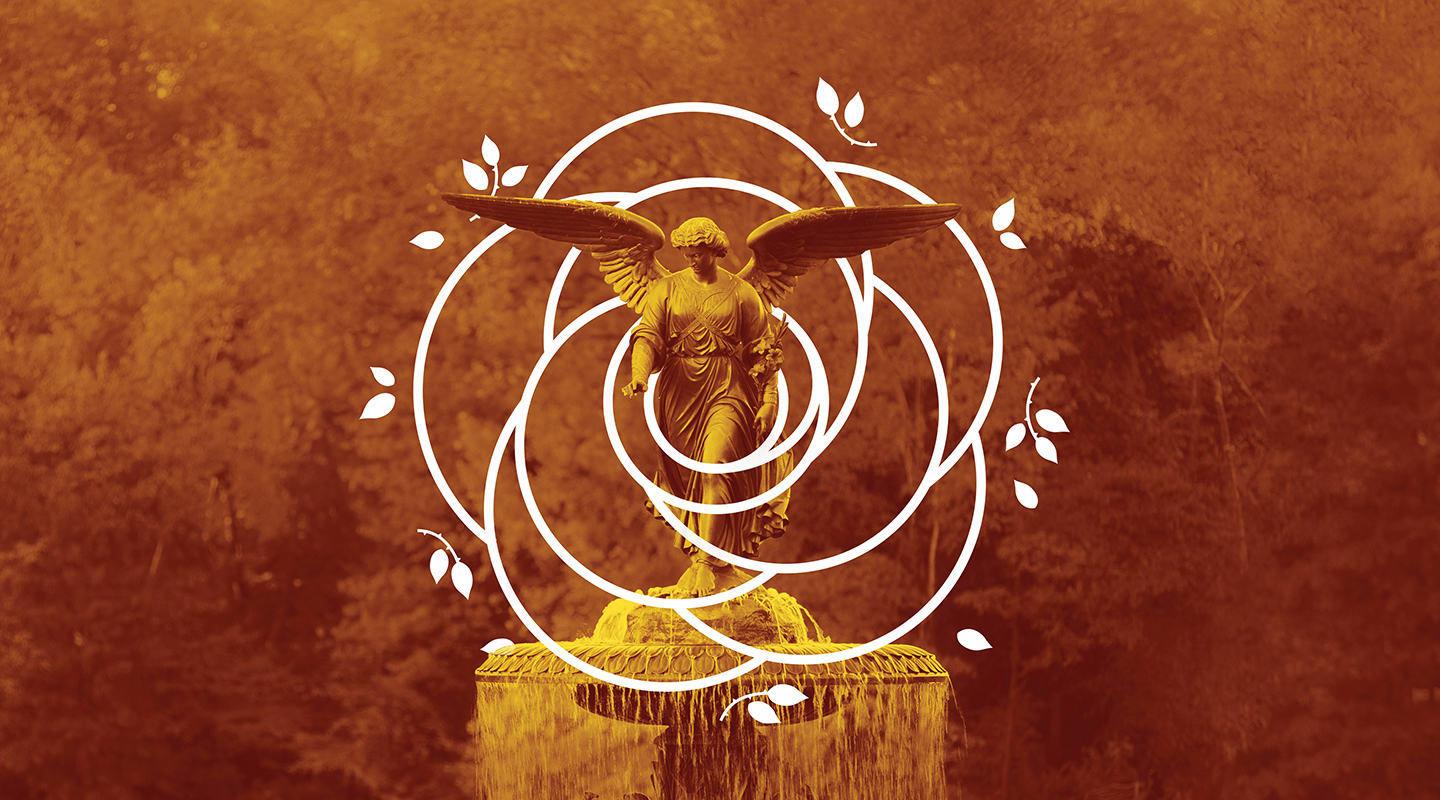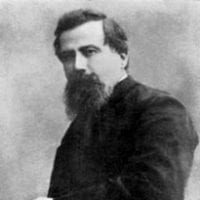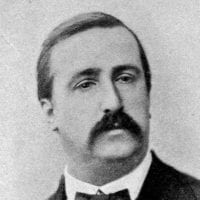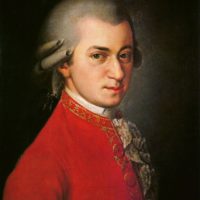Requiem, K. 626 (Süssmayr)
Wolfgang Amadeus Mozart
The mysterious circumstances surrounding Mozart’s Requiem have lent the work an enduring aura of romance and intrigue.
The real story of the Requiem is no less compelling, but ultimately it is the music itself that endures. The dramatic power of Mozart’s final composition highlights the austere and ultimately redemptive language of the text of the requiem mass.
In the summer of 1791, Count Franz Walsegg von Stuppach sent a messenger to Mozart with an anonymous commission for a requiem to honor Walsegg’s late wife. Walsegg, an amateur musician, had a habit of commissioning works from well-known composers and claiming them as his own; hence the need for anonymity and subterfuge. Mozart, whose financial situation was always precarious, accepted the commission and completed several sketches before putting the Requiem aside to finish his operas The Magic Flute and La clemenza di Tito. By October 1791, in failing health, Mozart returned to the Requiem; he completed the Introit, Kyrie, most of the Sequence, and the Offertory before his death on December 5. Mozart’s widow Constanze, facing a mountain of debt, asked one of Mozart’s students, Franz Xaver Süssmayr, to complete the remaining sections. Süssmayr agreed, using unfinished sketches and possibly ideas discussed with Mozart prior to the composer’s death to compose the Sanctus, Benedictus, and Agnus Dei sections. In the Communion, Süssmayr repeats music Mozart had previously used in the Introit and Kyrie.
Meticulous attention to the meaning of the text of the Requiem dictates the musical structure throughout. The chorus’ heartfelt pleading in the opening lines, “Requiem aeternam dona eis, Domine” (Grant them eternal rest, O God), are set in a dark minor key. This is transformed into a promise of glowing eternity in the next sentence, “Et lux perpetua luceat eis” (and may perpetual light shine upon them) as the music moves into a major key. The strong Kyrie (Lord, have mercy/Christ, have mercy) emerges as a somber fugue, Mozart’s homage to J. S. Bach.
The Sequence begins with the Dies irae (Day of Wrath), whose fiery, agitated setting and orchestral accompaniment bring the terrible fury of the text frighteningly alive. In the Tuba mirum, the bass soloist and solo trombone proclaim the Day of Judgment. The chorus returns to beg for salvation in the powerful Rex tremendae, followed by the more intimate pleading of the Recordare; here, each of the soloists makes a personal petition to God. The thundering Confutatis follows, juxtaposing images of the damned consigned to the flames of hell with that of a supplicant kneeling in prayer. In the exquisite Lacrymosa, the chorus gives voice to grief and weeping, while the sighing violin appoggiaturas echo the text’s laments. In the Offertory, the chorus ends its plea for mercy with a reminder, in fugal form, of God’s promise to Abraham.
The Sanctus opens joyfully, as both chorus and orchestra sing God’s praises accompanied by shining exclamations from the brasses and a fugue on the words “Hosanna in the highest.” The aria-like melody of the soloists’ Benedictus conveys the blessedness of those “who come in the name of the Lord;” a recurrence of the fugue from the Sanctus follows. With the Agnus Dei, the chorus and orchestra return to the darkly shifting mood of the opening movement; this culminates in the Communio, which uses the music of the opening Requiem aeternam and concludes with the same fugue used in the Kyrie, this time setting the words “cum sanctis tuis in aeternam” (with Thy saints forever).
At a glance
- Composer: born January 27, 1756, Salzburg, Austria; died December 5, 1791, Vienna
- Work composed: 1791. Mozart died before finishing the Requiem; one of his students, Franz Xaver Süssmayr, completed the Requiem using Mozart’s notes and sketches.
- World premiere: The first complete performance of Süssmayr’s version was performed on January 2, 1793, in the Jahn-Saal in Vienna.
- Instrumentation: soprano, alto, tenor, and bass soloists, SATB chorus, 2 bassoons, 2 basset horns (or clarinets), 2 trumpets, 3 trombones, timpani, organ, and strings.
- Estimated duration: 50 minutes




